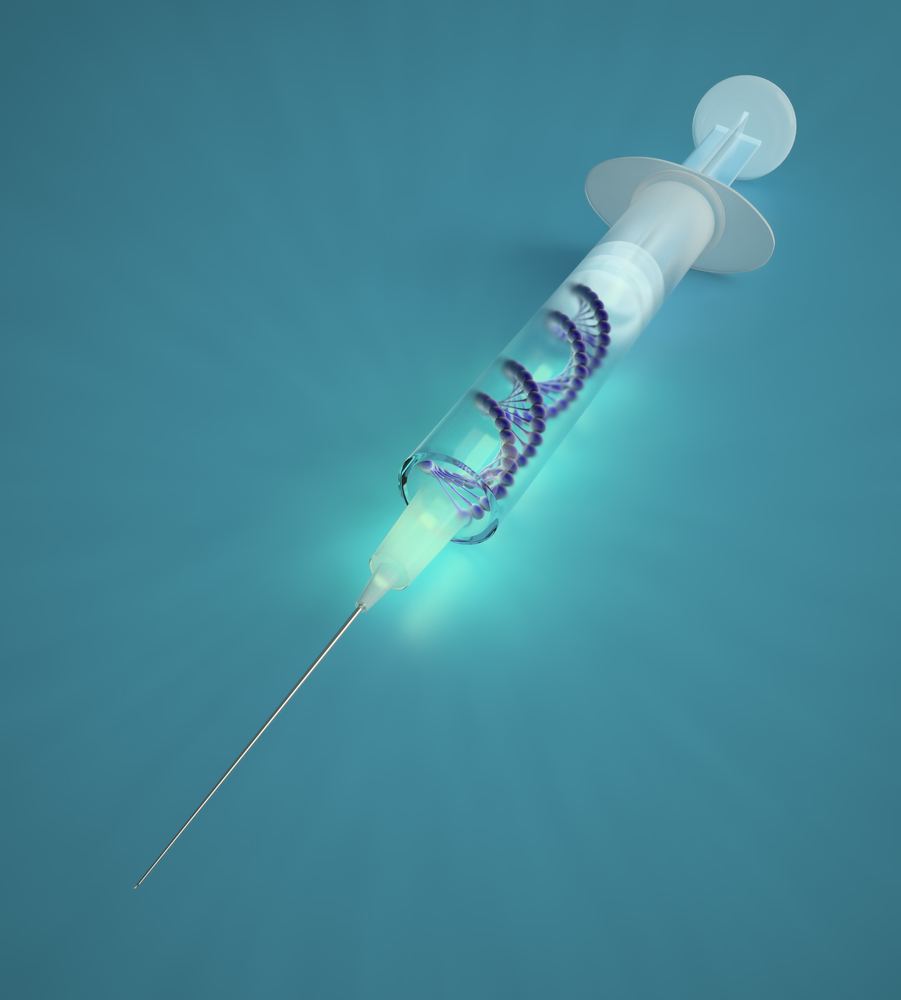[adsense728x90DefaultLBToAppearHere]
The ‘pharma’ industry… is projected according to the International Federation of Pharmaceutical Manufacturers and Associations (IFPMA) to reach nearly USD 1,200 billion by 2016.IFPMA 2012
The inescapable relationship between the pharmaceutical industry and global health, as well as the potential for medicines to yield both considerable benefit and harm, has resulted in the industry being one of the most heavily regulated of the 21st century. That said, the ‘pharma’ industry as it is called by insiders, is projected according to the International Federation of Pharmaceutical Manufacturers and Associations (IFPMA) to reach nearly USD 1,200 billion by 2016 (IFPMA 2012). Any single entity with that much influence on global trade must inevitably be recognized as significant.
The pharma industry is highly dynamic, operating in a rapidly changing environment. This is even more evident today under the influence of the biotechnology or ‘biotech‘ sector. As an illustration, drug discovery prior to the biotech-era occurred primarily through expansive and costly ‘Hit-and-Miss’ chemical-screening and clinical programs (Schweizer, 2002). So cumbersome was this process, that it has been described by Ng (2009) as the ‘Irrational approach’.
Share this Post
With the advent of new biotechnology, the introduction of novel high-tech methods and systems has ushered the pharma industry into an era of ‘Rational’ drug design. This significantly more efficient approach is built upon a number of technologies described by Schweizer (2002) as:

- Genomics: Which establishes relationships between genes and disease.
- Combinatorial Chemistry: Which produces thousands of chemical variants from a single chemical building block.
- High Throughput Screening (HTS): Which has dramatically accelerated the screening of potential drug leads.
- Bioinformatics: Which provides computational tools critical to identifying genes and proteins from DNA sequence data.
This new dispensation has had a profound impact not only on technical issues, but also on commercial aspects of the industry. As such, industry dynamics are set for further change, with the US share of the business expected to decline from 41% in 2005 to 31% in 2015. Similarly, Europe’s share will fall from 27% in 2005 to 19% in 2015 (IFPMA 2012). Even more dramatically, emerging markets will account for 28% of the global pharmaceutical spend by 2015. This is contrasted with a mere 12% in 2005 (IFPMA 2012).
…emerging markets will account for 28% of the global pharmaceutical spend by 2015. This is contrasted with a mere 12% in 2005.IFPMA 2012
The introduction of this new generation of fragile, biotech-based medicinal products (biopharmaceuticals) has major implications for financing, storage and safety in the healthcare systems of developing countries such as those in the Caribbean. With the sector, come opportunities for employment, technology transfer and even scientific advancement. With the expected rapid expansion of these technologies into developing countries such as those in the Caribbean, efforts must be made to not only cope with the biotech sector as an external force for change, but also to ensure that we reap the full benefit of its presence.
In this context, CaribbeanBiopharma.com was envisioned and created as a platform to foster dialogue around the biopharma industry in the Caribbean.
References
- International Federation of Pharmaceutical Manufacturers & Associations[IFPMA] (2012) The Pharmaceutical Industry and Global Health: Facts and Figures 2012, IFPMA.com [Online]. Available from: http://www.ifpma.org/fileadmin/content/Publication/2013/IFPMA_-_Facts_And_Figures_2012_LowResSinglePage.pdf (Accessed: 29 October 2014)
- Schweizer, L. (2002) ‘The key drivers and success factors for M&A strategies in the biotechnological and pharmaceutical industry‘, Pharmaceuticals Policy and Law, no. 5, pp. 41-62
- Ng, R. (2009) Drugs: from discovery to approval. 2nd ed. New Jersey: Wiley-Blackwell

